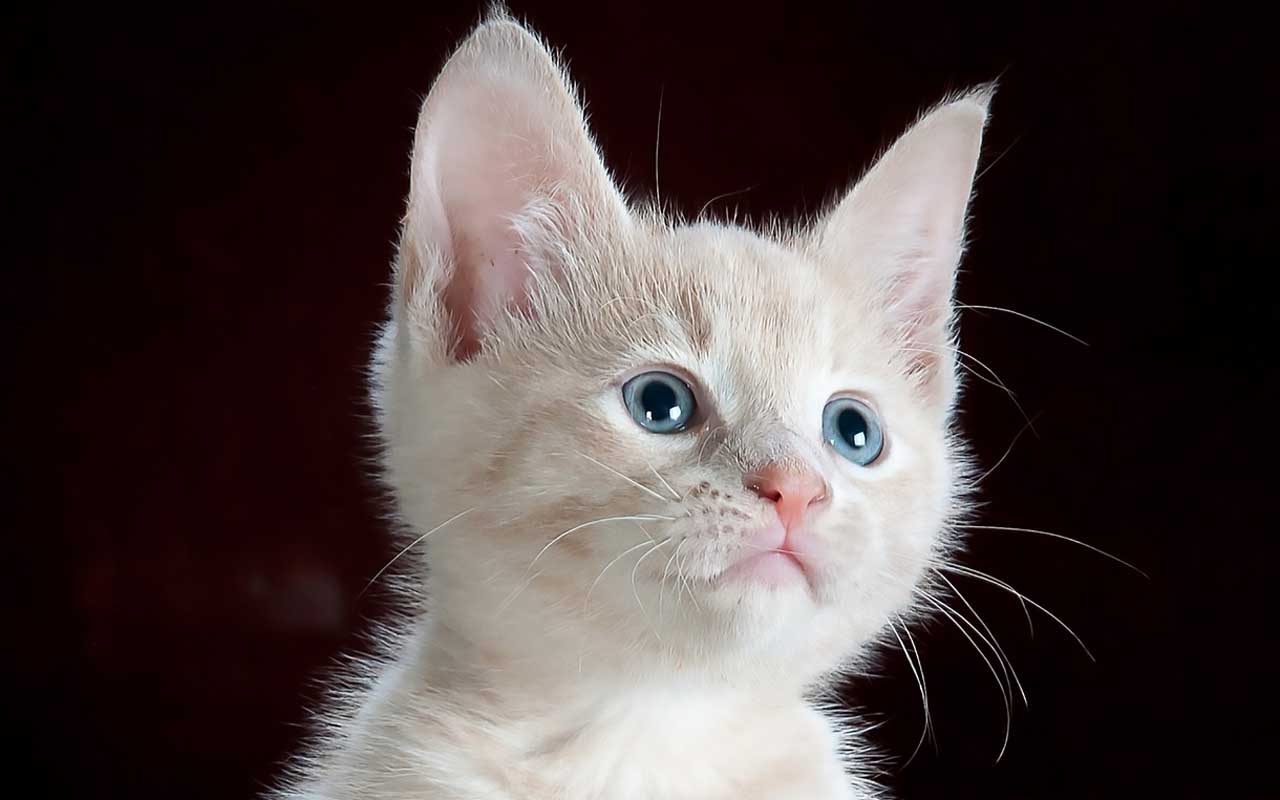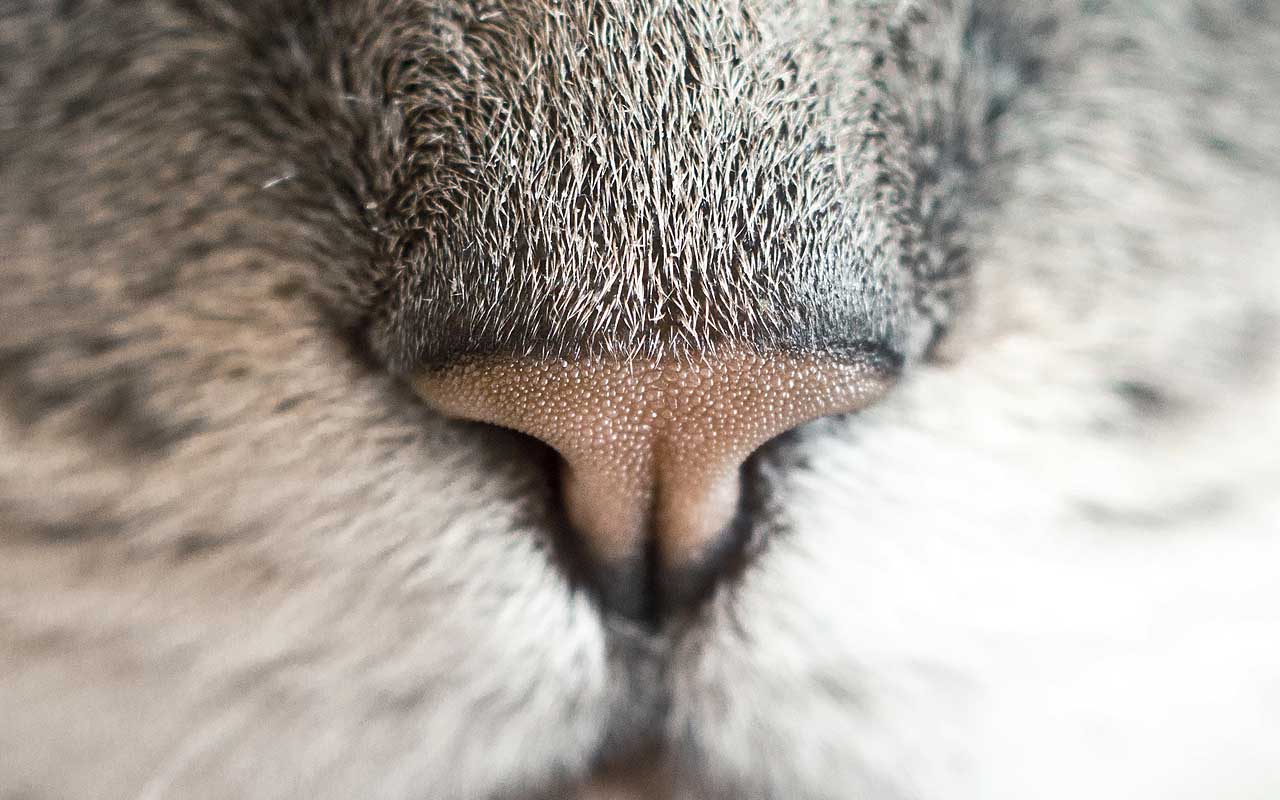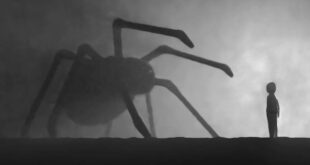Every time we think we understand the world, something new comes up to remind us that there’s still a lot to learn. For instance, coffee is one of the most famous beverages in the world. More than 400 million cups of coffee are consumed every single day. But did you know that caffeine does not actually give you energy? The reason why we feel the burst of energy after a few cups is because it blocks special receptors in our bodies. Like that fact, we have gathered some amazing facts that reveal a lot about the world we live in.
1. Cats are capable of recognizing their owners’ voices but ignore them on purpose.

For centuries, felines and humans have co-existed together. While we treat them as part of our family, they can appear ignorant when they ignore our commands. Most of us simply brush it off and assume that they simply don’t understand. A study conducted by the University of Tokyo however, found out that not only are the felines capable of recognizing their owners’ voices, they purposely choose to ignore them. Researchers Atsuko Saito and Kazutaka Shinozuka lead the study on 20 house cats, who were played voices of strangers, their owners and a final stranger. They then analyzed the response of each individual cat; including ear, tail and head movement, vocalization, eye dilation and paw movement.
When the strangers’s voice was played, the cats did not show any signs of movement. When their owners’ sound was played, each individual cat showed signs of acknowledgement, but simply did not care to respond. The study, published by Springer in the Animal Cognition journal, suggests that the reason for cats’ unresponsive behavior might be traced back to the early domestication of the species. (source)
2. Dogs sneeze when they are playing to remind their playmate that it’s just play and not a true fight.

Most dog owners are aware of their canine friend sneezing while playing with other dogs. Experts believe that the sneezing is actually part of a set of a communication tools dogs use to signal cooperation, warning, deference, or an invitation to play. While playing, the sneeze is believed to be a gentle reminder to their playmate that the scrimmage is just play, not a true fight. Most dogs sneeze just as the play starts to escalate or become more intense. Experts believe that the sneezing method is a cue to the playmate to keep things fun, light, and safe. (source)
3. The surroundings we grow up around has a huge influence on mental health among adults. Studies reveal that those raised around greener surroundings have a more positive effect on the mental health than those raised in the city.

According to data compiled by Aarhus University from 1985 to 2013, researchers found that the presence of green space around childhood homes has a severe impact on mental health as adults. The study, which was published in the prestigious American Journal PNAS, shows that those raised around low amounts of green space have a 55% higher risk of developing a mental disorder as adults.
Postdoc Kristine Engemann from the Department of Bioscience and the National Centre for Register-based Research at Aarhus University, who spearheaded the study, says: “Our data is unique. “Our data is unique. We have had the opportunity to use a massive amount of data from Danish registers of, among other things, residential location and disease diagnoses and compare it with satellite images revealing the extent of green space surrounding each individual when growing up.”
“With our dataset, we show that the risk of developing a mental disorder decreases incrementally the longer you have been surrounded by green space from birth and up to the age of 10. Green space throughout childhood is therefore extremely important,” Kristine Engemann explains. (source)
4. Our nostrils split the workload and take turns breathing.

Have you ever noticed that when you’re sick, you’re always breathing more heavily from one nostril than the other? This is because the day that you are sick, might just be the same day that nostril was assigned to work. Believe it or not, our nostrils have a ‘nasal cycle’, which is controlled by an automated system called the autonomic nervous system. The same system is responsible for many other bodily functions, such as digestion and heart rate. Throughout the day or days, our nostrils take turns by splitting the workload to alternate congestion and decongestion. According to scientists, the reason why our nostrils have a nasal cycle is to keep the nose maintained for its function as an air filter and humidifier. (source)
5. Caffeine doesn’t actually give you real energy. Instead, it just makes your brain think you’re not tired.

For some of us, caffeine is the only thing that gets us throughout the day. While we think that drinking coffee gives us a boost of energy, it actually does not. Studies show that caffeine just makes our brain think that we are not tired. Once caffeine gets into your blood stream, it reaches the receptors in your brain that usually host adenosine — a compound that builds up in you the longer you’re awake in order to tell you when to sleep. The caffeine then masks the adenosine in your system, making the brain think that you are no longer tired and in need of sleep. This also helps other neurotransmitters, like dopamine, to increase in levels, which is why we feel the surge in energy. When the caffeine wears off, influx of adenosine is what causes us to feel extremely exhausted. (source)
6. Blue eyes aren’t actually blue, since they contain no blue pigment. Blue eyes get their color the same way the sky and water get their blue color.

Brown eyes get their color from melanin, the same pigment that colors your skin. Blue eyes however, do not contain any unique blue pigment. They get their color the same way the sky and water get their blue color. According to scientists, the reason why eyes appear blue is because they scatter light so that more blue light reflects back out. Since blue eyes get their color from the light that’s coming in and being reflected back out, depending on the conditions of the lighting, they can appear as different colors. (source)
7. If Saturn were as close to the Earth as the Moon is, this is how it would look.

On a night with a clear sky, we often enjoy seeing the moon as well as the stars. If the moon was replaced by Saturn, then this is how it would look. The equatorial diameter of Saturn is 120,536 km; that’s about 9.5 times bigger than the diameter of the Earth. In other words, you could fit 764 planets the size of Earth inside Saturn. While the view is extremely satisfying, it could have major effects on Earth. According to some scientists, if Saturn was as close to Earth as the moon, the tidal force on Earth would be so strong that it would tear our planet apart – literally! (source)
8. Bananas are curved and grow towards the sky because they grow away from the pull of gravity.

According to the Australian Banana Growers Council, the special fruit gets its unique bend because they have geo-tropic capabilities. This means that the fruit grows against gravity and towards the sky. The Banana Growers Council explains: Bananas start life very, very straight but as the bunch emerges from the top of the plant and the bracts roll back (bracts are the leathery purple things that separate the hands of bananas) and fall off, the bananas begin to spread out and turn upward. They do this because bananas are negatively geo-tropic. This means that they grow away from the pull of gravity, as opposed to turning upward toward the sun. (source)
9. A cat’s nose print is as unique as a human’s fingerprint.

Our fingerprints are extremely unique and no two human beings will have the same prints. Just like our fingerprints, the nose of a cat is unique and no two cats will have the same little bumps and ridges. Just like us, these little ridges and bumps can be used to identify each individual cat. In cases where chip implants malfunction, if there’s a nose print available, it can be used to identify a cat. Dogs also share the trait but it’s easier with them since they have bigger noses. (source)
10. Painting roofs white can help reduce carbon emissions since they reflect light and heat more than other colors.

Studies show that white roofs reflect far more of the sun’s heat than dark colored ones. Buildings with white color roofs also require less cooling, thus saving energy. According to scientists, having a black roof actually adds heat to the world since they radiate energy directly into the atmosphere, which is then absorbed by the nearest clouds and ends up trapped by the greenhouse effect. Steven Chu, secretary of U.S. Energy, explains: “Cool roofs are one of the quickest and lowest cost ways we can reduce our global carbon emissions”. (source)




